do you have Pietra Cardosa or Soapstone that you keep grey?
jfnewhouse
10 years ago
Featured Answer
Sort by:Oldest
Comments (25)
remodelfla
10 years agodoc8404
10 years agoRelated Professionals
Barrington Hills Kitchen & Bathroom Designers · El Dorado Hills Kitchen & Bathroom Designers · Greensboro Kitchen & Bathroom Designers · Montrose Kitchen & Bathroom Designers · Covington Kitchen & Bathroom Designers · Durham Kitchen & Bathroom Remodelers · New Port Richey East Kitchen & Bathroom Remodelers · Prairie Village Kitchen & Bathroom Remodelers · Eufaula Kitchen & Bathroom Remodelers · Tacoma Cabinets & Cabinetry · Tinton Falls Cabinets & Cabinetry · Phelan Cabinets & Cabinetry · Corsicana Tile and Stone Contractors · La Canada Flintridge Tile and Stone Contractors · Yorkville Design-Build Firmsjfnewhouse
10 years agoleela4
10 years agojfnewhouse
10 years agoangie_diy
10 years agojfnewhouse
10 years agofivefootzero
10 years agojulieste
10 years agoangie_diy
10 years agoleela4
10 years agojulieste
10 years agoangie_diy
10 years agofivefootzero
10 years agoangie_diy
10 years agocoll4
10 years agofivefootzero
10 years agomamaclara35
10 years agoclyde10
10 years agokksmama
10 years agopchefJU
10 years agobaltomom_gw
10 years agocoll4
10 years agokksmama
10 years ago
Related Stories
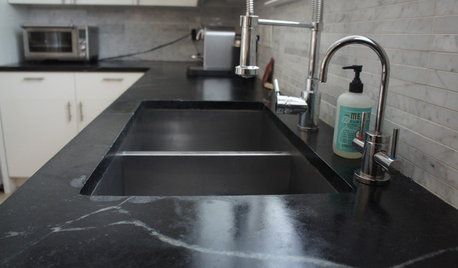
KITCHEN DESIGNSoapstone Counters: A Love Story
Love means accepting — maybe even celebrating — imperfections. See if soapstone’s assets and imperfections will work for you
Full Story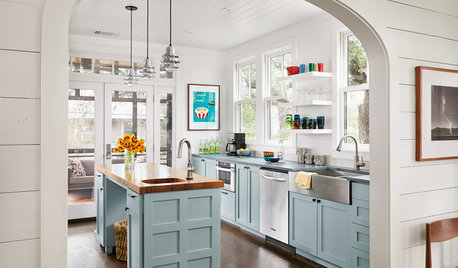
ECLECTIC HOMESHouzz Tour: Playing With Good Tension in Austin
A 1938 bungalow gets updates — including a whole new floor — but keeps much of its traditional charm
Full Story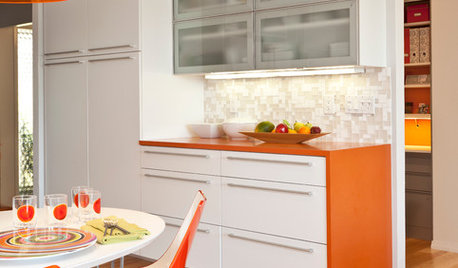
KITCHEN DESIGNCountertop and Backsplash: Making the Perfect Match
Zero in on a kitchen combo you'll love with these strategies and great countertop-backsplash mixes for inspiration
Full Story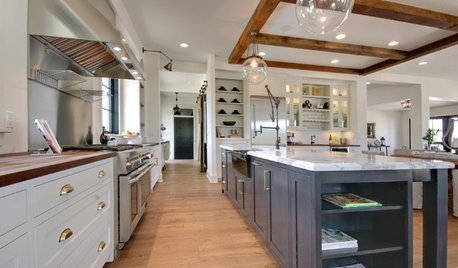
KITCHEN COUNTERTOPS10 Countertop Mashups for the Kitchen
Contrast or complement textures, tones and more by using a mix of materials for countertops and island tops
Full Story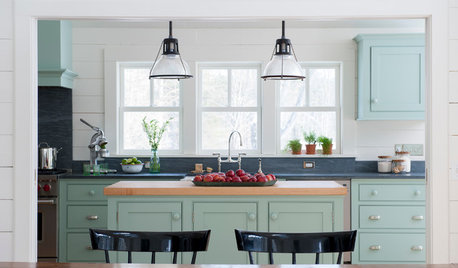
KITCHEN OF THE WEEKKitchen of the Week: Casual Farmhouse Looks, Pro-Style Amenities
Appliances worthy of a trained chef meet laid-back country charm in a Connecticut kitchen and pantry
Full Story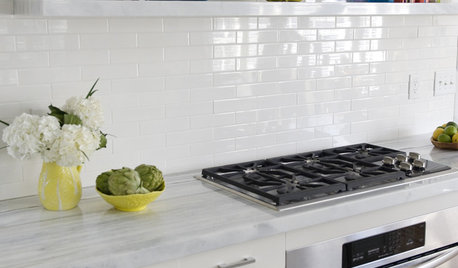
KITCHEN DESIGNWhat to Do if Your Kitchen Is Simply Too White for You
Does your all-white kitchen have you craving a little color? Here are some ways to introduce it
Full Story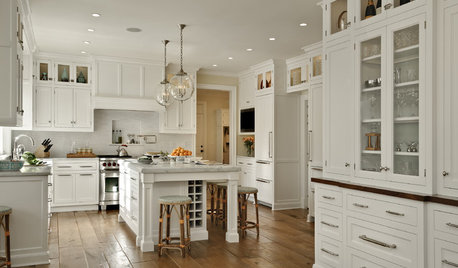
KITCHEN DESIGNDream Spaces: 12 Beautiful White Kitchens
Snowy cabinets and walls speak to a certain elegance, while marble counters whisper of luxury
Full Story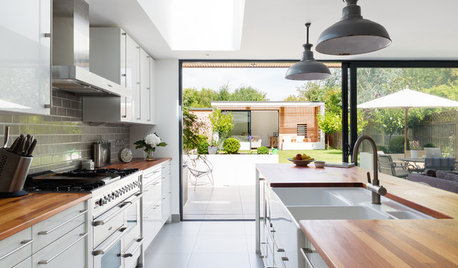
KITCHEN DESIGNA Designer Shares Her Kitchen-Remodel Wish List
As part of a whole-house renovation, she’s making her dream list of kitchen amenities. What are your must-have features?
Full Story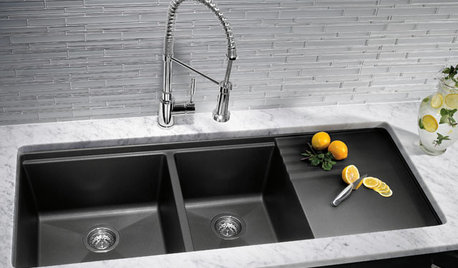
KITCHEN DESIGNKitchen Sinks: Granite Composite Offers Superior Durability
It beats out quartz composite for strength and scratch resistance. Could this kitchen sink material be right for you?
Full StoryMore Discussions






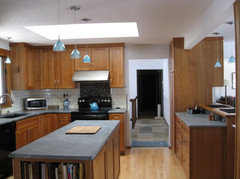
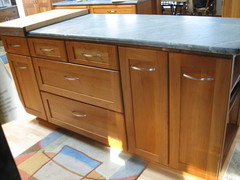
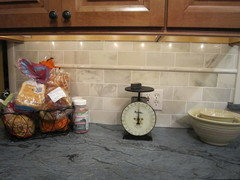

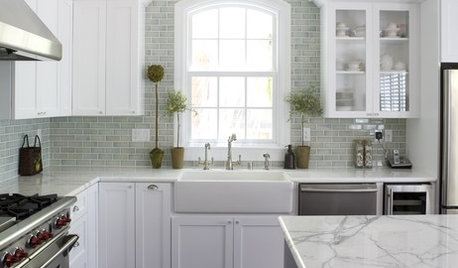

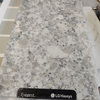


jfnewhouseOriginal Author